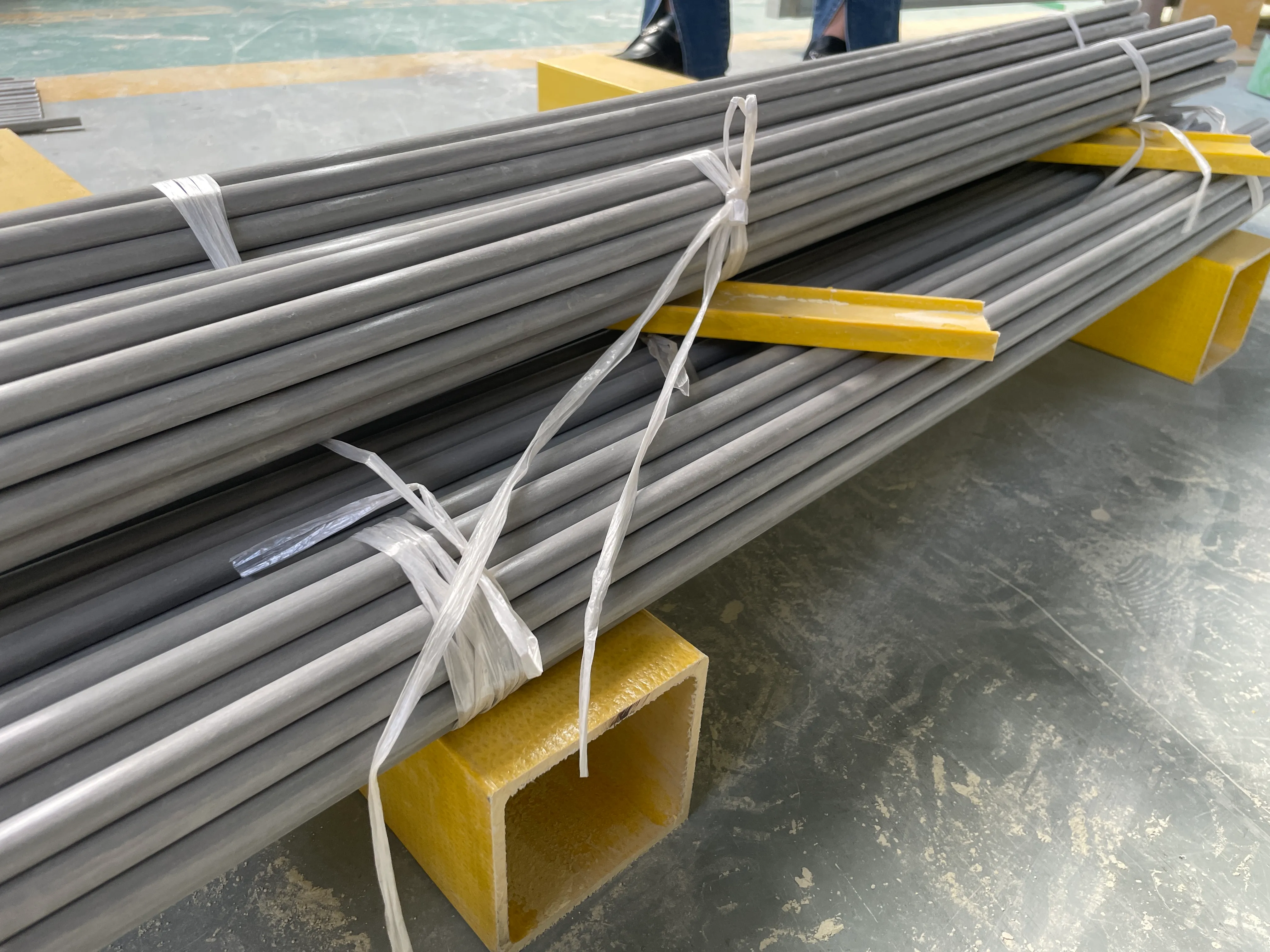loading...
- No. 9, Xingyuan South Street, Dongwaihuan Road, Zaoqiang County, Hengshui, Hebei, China
- admin@zjcomposites.com
- +86 15097380338
- Welcome to visit our website!
Innovative Solutions for Durable FRP Roof Deck Installations and Benefits
Understanding FRP Roof Decks Benefits and Applications
FRP, or Fiberglass Reinforced Plastic, has become a popular choice in the construction industry, particularly for applications involving roof decks. Its unique properties make it ideal for various building projects, ranging from residential homes to large commercial structures. In this article, we will explore what FRP roof decks are, their benefits, and their various applications.
What is an FRP Roof Deck?
FRP roof decks are composite materials made of a polymer matrix reinforced with fiberglass. This combination results in a lightweight yet highly durable and corrosion-resistant product. FRP can withstand harsh environmental conditions, making it suitable for roofing applications where traditional materials might fail over time. These roof decks are prefabricated, allowing for easier installation and reduced construction time.
Benefits of FRP Roof Decks
1. Lightweight and Strong One of the most significant advantages of FRP roof decks is their weight-to-strength ratio. They are much lighter than traditional materials such as concrete or metal, which can reduce overall structural load and foundation requirements. The strength of FRP, however, does not compromise its performance; it can support considerable weight and resist deformation over time.
2. Corrosion Resistance Unlike metal and wood, FRP does not corrode, rust, or decay. This makes it particularly useful in environments exposed to moisture, chemicals, or salt, such as coastal areas or industrial settings. With minimal maintenance, FRP roof decks can maintain their integrity and aesthetic appeal for decades.
3. Thermal Insulation FRP materials offer good thermal insulation properties, contributing to energy efficiency in buildings. By reducing the heat transfer between the roof deck and the interior space, FRP can help maintain comfortable indoor temperatures, lowering heating and cooling costs through energy efficiency.
4. Mold and Mildew Resistant FRP is not a suitable substrate for mold or mildew growth, making it a healthier choice for building materials. This factor is essential for ensuring cleaner indoor air quality, particularly in humid environments where mold can thrive.
5. Design Flexibility The manufacturing process of FRP allows for a wide range of sizes, shapes, and colors, providing architects and builders with versatility in design. Whether needing unique architectural features or aesthetically pleasing finishes, FRP roof decks can adapt to various design needs.
frp roof deck

Applications of FRP Roof Decks
FRP roof decks are versatile and can be used in various applications. Some of the most common include
1. Commercial Buildings Many modern commercial structures utilize FRP roof decks due to their strength and light weight. They are often found in shopping centers, warehouses, and office buildings where large open spaces are needed.
2. Industrial Use In industrial environments where exposure to corrosive substances is common, FRP roof decks provide a durable solution. Factories, chemical plants, and manufacturing facilities benefit greatly from the long-lasting properties of FRP materials.
3. Residential Projects Increasingly, homeowners are opting for FRP roof decks in high-end residential projects. The longevity and resistance to weathering make it an attractive choice for new builds and renovations.
4. Parking Garages Due to their ability to withstand heavy loads and resist chemical corrosion, FRP roof decks are ideal for parking garages, ensuring safety and durability in these high-traffic areas.
5. Green Roofs As the trend towards sustainable construction continues, FRP roof decks can support green roofs, providing a strong base for soil and vegetation while contributing to energy efficiency through natural insulation.
Conclusion
FRP roof decks represent a significant advancement in roofing technology, combining strength, versatility, and resistance to environmental challenges. As the construction industry continues to evolve, the adoption of innovative materials like FRP is likely to increase, addressing the need for safer, more durable, and more sustainable building solutions. Whether you are an architect, builder, or homeowner, considering FRP for your next roofing project could lead to impressive results that stand the test of time.
-
The Rise of FRP Profiles: Strong, Lightweight, and Built to LastNewsJul.14,2025
-
SMC Panel Tanks: A Modern Water Storage Solution for All EnvironmentsNewsJul.14,2025
-
GRP Grating: A Modern Solution for Safe and Durable Access SystemsNewsJul.14,2025
-
Galvanized Steel Water Tanks: Durable, Reliable, and Ready for UseNewsJul.14,2025
-
FRP Mini Mesh Grating: The Safer, Smarter Flooring SolutionNewsJul.14,2025
-
Exploring FRP Vessels: Durable Solutions for Modern Fluid HandlingNewsJul.14,2025
-
GRP Structures: The Future of Lightweight, High-Performance EngineeringNewsJun.20,2025
